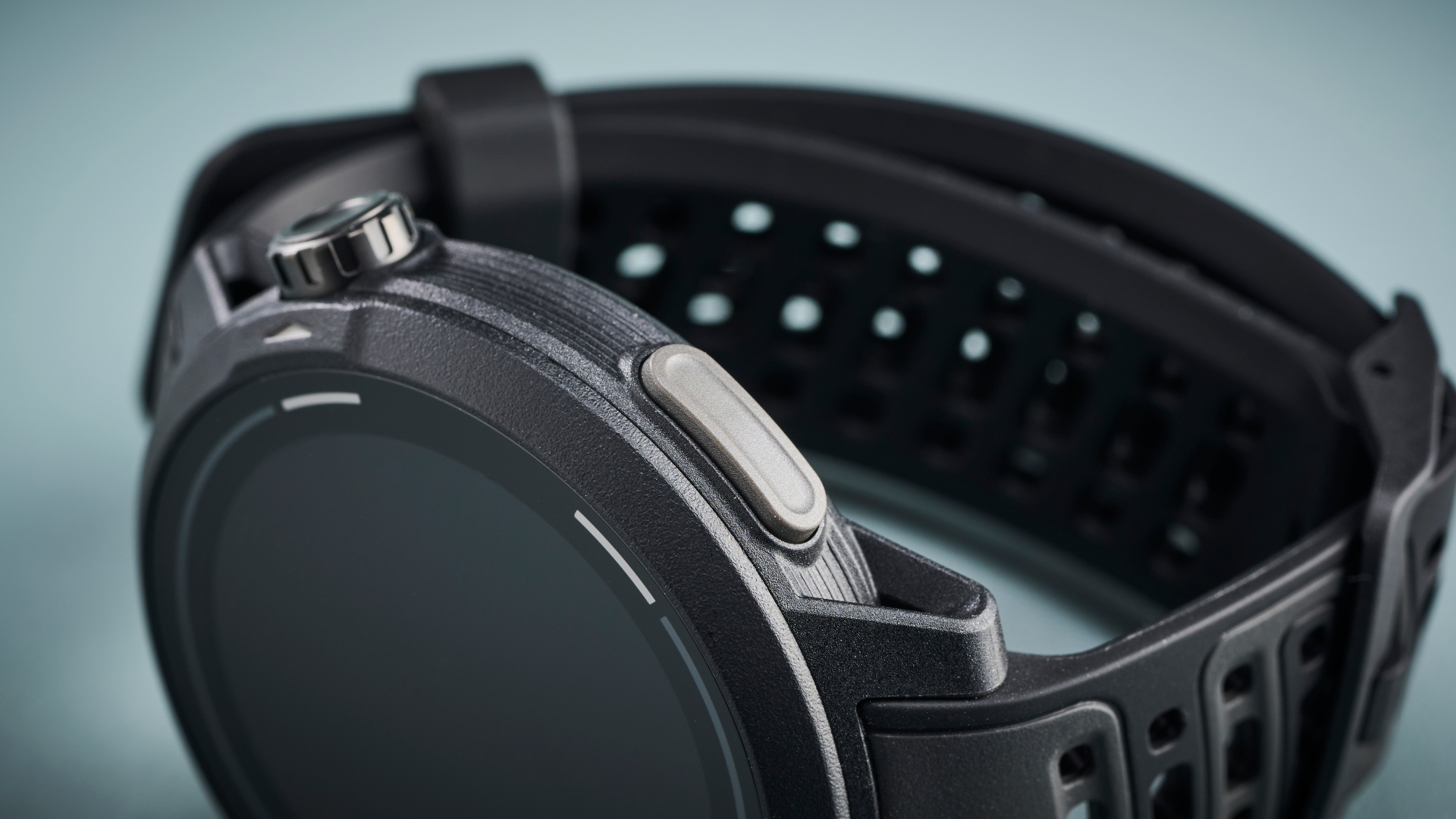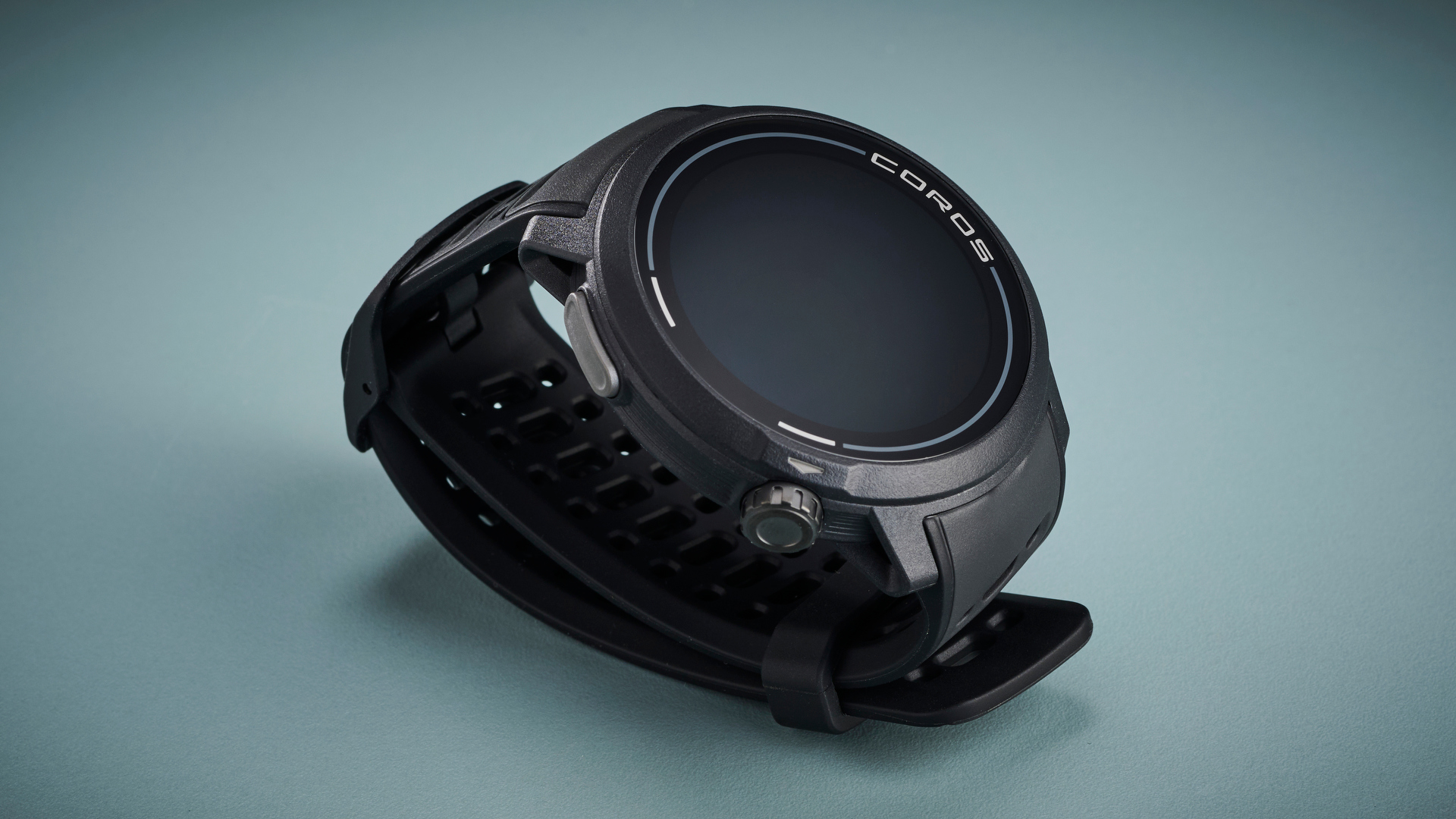
The Coros Pace Pro is a significant milestone for the brand. The company’s first AMOLED wearable introduces some big changes to the Pace franchise, including offline maps, a faster processor, longer battery life, new sensors, and more.
It’s also a big gamble for Coros as the Pace Pro arrives in a contested marketplace. The watch’s biggest competitors, such as the Garmin Forerunner 265 and Polar Vantage M3, are well-established in their category, which might make it harder for Coros to find a foothold.
That said, the Pace Pro is a solid offering from Coros. The screen is brilliant, and so is the training and recovery functionality. It could be smarter (i.e. Apple Watch Series 10 smart) and maybe a little cheaper, too, to make it more appealing, but it’s definitely a start.
Should you buy the Coros Pace Pro? Does it belong in our best triathlon watch guide? What are the strengths and weaknesses of the wearable? How does it compare to its main rivals? There is only one way to find out!
Coros Pace Pro review
Price and availability
The Coros Pace Pro was announced in October 2024 and is available to buy now available now in three colours (Black, Grey, and Blue) for $349/ £349/ AU$599 at Coros US, Coros UK, Coros AU and select third-party retailers.
Specifications

- Weight: 37g (without strap), 49g (with strap)
- Dimensions: 46 x 46 x 12.25mm
- Display
- Size: 1.3 Inch
- Resolution: 416 x 416 pixels
- Type: AMOLED Touchscreen
- Lens: Mineral Glass
- Case and bezel: Fibre-reinforced polymer
- Water rating: 5 ATM
- Connectivity: Bluetooth/ Wi-Fi (Bluetooth version not rated)
- Battery life
- Smartwatch mode: up to 20 days
- GPS (All Systems On): up to 38 hours
- Charging time (0-100%): approx. 2 hours
- Other
- Internal memory: 32GB
- TOPO maps: yes
Design and build quality

The Coros Pace Pro features a 46mm case made from fibre-reinforced polymer, a lightweight yet robust material used in most lightweight running watches, like Garmin’s Forerunner or Polar’s Vantage M series.
Weighing in at 49 grams (with the silicone strap) and measuring 46 x 46 x 12.25mm, the Pace Pro isn’t the lightest running watch the Coros Pace 2 used to be advertised at. That said, it’s comfortable enough to wear for long periods of time and doesn’t feel bulky on the wrist.
A headline feature is the 1.3-inch AMOLED touchscreen display, which boasts much more vivid colours than its predecessor and a sharp 416 x 416-pixel resolution. This is complemented by a peak brightness of 1,500 nits, slightly under the Apple Watch Series 9’s 2,000 nits (but way surpassing the Apple Watch Series 8’s 1,000 nits).
The display is protected by a Mineral Glass lens, which isn’t quite sapphire glass or Corning Gorilla glass but works perfectly well for a watch that’s not designed for rugged outdoor use. (Check out the Coros Apex 2 Pro if you need a Coros with a sapphire glass lens.)
The screen might be what everyone notices at first, but there are quite significant changes internally, too. The watch is powered by the brand’s fastest processor to date (Ambiq Apollo510), which is said to offer 213% better performance than the Coros Pace 3.
This upgrade ensures smoother navigation, quicker map rendering, and better responsiveness when interacting with the device. The one-button plus-a-digital crown layout remains a staple of Coros design, but with touchscreen functionality added in.
The Pace Pro also introduces a new ECG sensor, expanding its health-tracking capabilities. This complements an updated suite of sensors, including an optical heart rate monitor, barometric altimeter, accelerometer, gyroscope, compass, and SpO2 sensor.
Health, fitness and smart features

Like most performance wearables these days (at least, the good ones), the Coros Pace Pro offers a variety of health and fitness tracking features. Its optical heart rate monitor has been updated for improved accuracy, and Coros also added an ECG sensor to expand the watch’s health functionality.
The watch sports a dual-frequency GPS designed to deliver precise location tracking, even in challenging environments such as dense urban areas or remote trails. Now, this is exactly what most companies claim, but Coros says the Pace Pro is indeed the real thing.
One big update is the inclusion of offline global and topographical mapping combined with breadcrumb navigation. The Pace Pro has 32GB of storage for maps (and updates, etc.), which is more than enough, especially considering the watch hasn’t got offline music capability.
It lacks some smart features, which is not a huge surprise, given that Coros has always been after the more hardcore crowd. That said, adding an AMOLED screen indicates Coros wants to entice the Apple Watch crowd, who will want to see more robust smart functionality.
To clarify, the Pace Pro nails the basics when it comes to smarts. You get notifications (e.g., messages), weather updates, stress and sleep tracking, and a bunch of other things we come to expect from a smartwatch in 2024. It’s just that compared to an Apple Watch, the Pace Pro feels less sleek. It’s a smartwatch that’s focused on training and recovery, not third-party app integration and fast charging; that’s all.
Training analysis is a core component of the Pace Pro, offering metrics like VO2 max estimates, race predictions, and recovery advice. Coros has been building its training platform for a few years, and it’s in really good shape these days. You can plan workouts, monitor progress, get feedback on your running and cycling form, and more.
Additional features include a suite of built-in sensors, such as a barometric altimeter, accelerometer, and gyroscope, which support the tracking of various activities and environmental conditions.
Heart rate and GPS accuracy

The Coros Pace Pro features an updated optical heart rate sensor designed to provide reliable tracking during various activities. I found the HR accuracy during steady runs as good as it gets.
I couldn’t see any anomalies or random data points, which suggest the watch is on par (or at least close to) the accuracy of heart rate monitors. I was told cycling heart rate monitoring isn’t fully fleshed out yet, so I haven’t tested that functionality yet. I will circle back to that later this year (or, more likely, in early 2025).
On the GPS front, the Pace Pro incorporates dual-frequency GPS, which is aimed at improving location accuracy, especially in challenging environments. In general usage, the watch delivers accurate distance measurements comparable to the Garmin Forerunner 965 I used as a reference.
You won't find a standard GPS mode as Coros claims the All-systems GPS mode provides long enough battery life – there is no need to confuse athletes with the different modes.
I don’t live in a dense urban area, so I haven’t tested the Pace Pro’s performance in those ‘challenging’ GPS environments. Coros showed us some tests they ran on the watch, and the data looked convincing.
I’d argue that a dual-frequency wearable from a reliable company like Coros performs well under most conditions an average athlete might encounter. Get a Garmin Fenix 8 or an Amazfit T-Rex 3 if you need more robust GPS performance.
Battery life and charging

The Coros Pace Pro offers notable battery life, especially considering its AMOLED display. In standard smartwatch mode with gesture-based display activation, users can expect up to 20 days of battery life.
Enabling the always-on display reduces this duration to approximately six days. For GPS-intensive activities, the watch provides up to 38 hours in 'All Systems' mode and 31 hours in dual-frequency mode.
In practical use, the Pace Pro's battery performance aligns closely with these specifications. I did an hour of exercise every other day, and the watch easily lasted for two weeks. I usually turn off blood sugar (SpO2) measurements, significantly improving battery life.
Regarding charging, the Pace Pro introduces a new charging mechanism: a compact adapter that locks into a keychain holder and requires a USB-C cable (not included). It takes around two hours to charge the battery if you completely drain it, and there is no fast-charging (from what I can tell).
I appreciate Coros’s decision not to supply a redundant USB-C cable with its watches because I’m very much bored with proprietary charging cables. However, the keychain charger attachment is a risky proposition. It’s not only small and, therefore, easy to misplace, but guess what item people always lose? That’s right, keys!
Attaching an already easy-to-lose object (the charger) to something people always lose (keys) is an interesting design choice, that’s for sure. I still have mine, though. It’s worth noting that I haven’t lost any keys in years, so I might not be the best person to judge the theory of how easy it is to lose the fob.
Verdict

I find it hard to make a decision here. I like the Coros Pace Pro – it’s precise, fast and offers the right mix of functionality for casual athletes like me. The watch performs well in real-world situations and feels very much like a Coros watch, which is a good point in my books.
On the other hand, the Pace Pro is a departure from what I expect from the brand, which is to provide affordable alternatives to big-ticket brands. In terms of price, the watch is on par with the Forerunner 265 and the Vantage M3 but doesn’t offer revolutionary features the others don’t.
Is it worth buying? I think so, especially if you like Coros and want a wearable that focuses on training and recovery above everything else. I’m sure we’ll see the price drop soon enough, and once the cycling HR update is rolled out, it will be much easier tot recommend the watch.
Also consider
Garmin Forerunner 265: With its 1.3-inch AMOLED display and Garmin’s robust ecosystem, the Forerunner 265 offers comparable GPS and fitness tracking capabilities, plus added features like contactless payments and music storage. It’s a strong choice for users seeking more smartwatch functionalities.
Polar Vantage M3: The Vantage M3 provides excellent training insights and a longer battery life of up to 30 hours in performance mode, making it a good option for endurance athletes who prioritise extended tracking over an AMOLED display.
Suunto Race: Featuring advanced GPS tracking and access to a growing app ecosystem, the Race is ideal for outdoor enthusiasts who value navigation tools and compatibility with third-party fitness apps.







